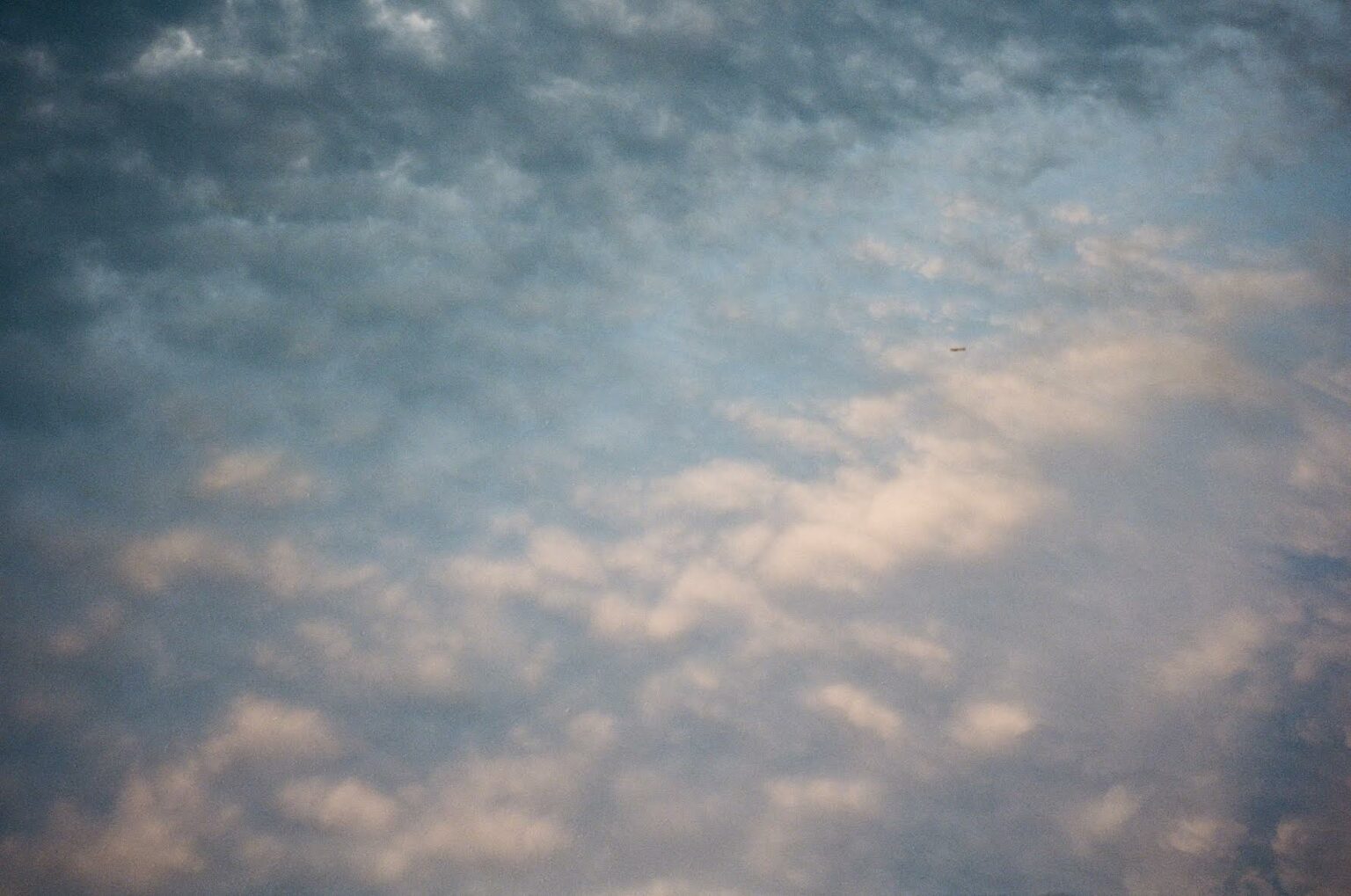There Is Life Here Too
Solitude in the midst of unpredictable chaos enables us to rethink our own lives for the better. As we head toward a vaccinated reality, we’re reflecting upon what it means to build the world anew.

Words:
Rosemary Snell
When the pandemic hit, Rosemary Snell collaborated with Toronto digital gallery, MirrorMirror, to reflect upon the opportunities and losses that befell a world forced into stagnancy. Drawing on the work of artists, academics, and activists, the following essay from June 2020 encourages us to explore the ways our own lives evolve during periods of intense change. As we enter a vaccinated reality, ENSEMBL is considering once again what it means to build the world anew.
One day, the chorus of cars washed away from our streets and didn’t come back. The inhale and exhale of morning and evening rush hours faded; the city held its breath and so did we. We watched the world shut down one broadcast at a time. I felt the quickness and rush of held breath as a sense of uncertain stillness sunk into my bones.
Historically, pandemics have forced humans to break with the past and imagine their world anew. This one is no different. It is a portal, a gateway between one world and the next.
– Arundhati Roy (“The Pandemic is a Portal”, 2020)
Arundhati Roy speaks of the pandemic as a time where the present tense is withheld from us and the world is frozen by this virus. The present is a space lined with “echoes of the past” and “premonitions of the future” (23 April, 2020). Where do we find space for ourselves in the present when it simultaneously ceases to exist and rolls on forever? How do we find space to breathe when we don’t know what moving forward looks like within this new reality? This stagnancy of time has touched a deep restlessness in me – perhaps you’ve found the same.


For many of us, our homes became our world. Caught between the silence that claimed our streets and the sounds of grave news riding on radio waves – only the walls were witness to the stirring of our minds and bodies amongst these global changes. In so many ways, this stagnancy that the pandemic brings, that Roy beautifully speaks to in her essay, brushes against the grain of our habits and instincts as beings.
With only mirrors and screens to keep us company, home is now a place where we are steeped in ourselves, and breathing is an essential form of keeping time and presence. In the confines of this pandemic and the confines of my room, I have been reminded that there is a great deal of life found in stagnant places.
Solitary, collective, crumbling and expansive; there is life in stagnancy.
At the beginning of this lockdown, I returned to a recording I’ve reflected on for years titled I am Sitting in a Room by composer Alvin Lucier (1969). He records his voice as he sits in a room and talks about how the sound and space interact. This recorded script is played back again and again – each repetition a recording of the last. As Lucier notes, “the resonant frequencies of the room reinforce themselves”.
In revisiting Lucier’s work in March 2020, this piece spoke to a feeling of swimming in my own brain waves and feeling disconnected from time. Now, this piece reinforces the collective space that is held between oneself and the world that surrounds us.
As Octavia Butler famously writes in Parable of the Sower (1993):
All that you touch / You Change. All that you Change / Changes you.
Though it was written into science-fiction (or perhaps especially so) Butler’s line rings true even when all we can touch is limited to what we keep in our six-foot radius. Alvin Lucier created the sound of his voice in a room. In this case, the room was changed by his voice and in turn, his voice was changed by the room. Even in isolation, we and the world around us work together to make change. Whether the space you inhabit is holding pain, healing, learning, unlearning, movement, stillness… our existence in the present creates change.

We can no longer access the way things were before the pandemic, nor can we predict what will likely happen tomorrow or the day after that. While this signals uncertainty, it also speaks to a limitlessness. The present is a portal, we can remember that there is, has been, and always will be life in seemingly stagnant places. This life, resilient and dynamic, is the beginning of building better futures.
As we have seen on the streets over the past eighteen months, we are making the world anew, and we’re only just beginning.
…
A list of future-builders, dust shakers and change-makers that inspire me every day:
Adrienne Maree Brown (Author of Emergent Strategy)
Desmond Cole (Author, Journalist)
Vivek Shraya (Artist, Author)
Jill Andrew (NDP MPP, Academic)
Nora Samaran (Author)
Michael Doxtater (Artist, Academic)
Syrus Marcus Ware (Artist, Academic – I specifically love one of Syrus’ articles titled “All Power to All People? Black LGBTTI2QQ Activism, Remembrance and Archiving in Toronto”)
Eve Tuck (Academic)

Rosemary Snell (she/they) is a creative director, graphic designer and ENSEMBL’s marketing specialist. These days, you’ll find her in Toronto’s Little Italy neighbourhood, trying (and failing) to cut down her coffee intake and scouring Toronto’s digital photo archives in her free time.
More Stories
-
 17.11.2025 | News
Black Friday Sale - 45% off everything *including Stackware*
17.11.2025 | News
Black Friday Sale - 45% off everything *including Stackware*
Our biggest (and only) sale of the year is here. Over $460++ off cookware. 45% off everything.*
-
 05.11.2023 | News
Celebrating with Rolls-Royce
05.11.2023 | News
Celebrating with Rolls-Royce
Bringing design, innovation, sustainability, performance, luxury, and craftsmanship together.
-
 01.11.2023 | News
Utility Patent Granted
01.11.2023 | News
Utility Patent Granted
The ENSEMBL: Stackware Removable Handle has received a utility patent.
Free shipping on all North American orders.